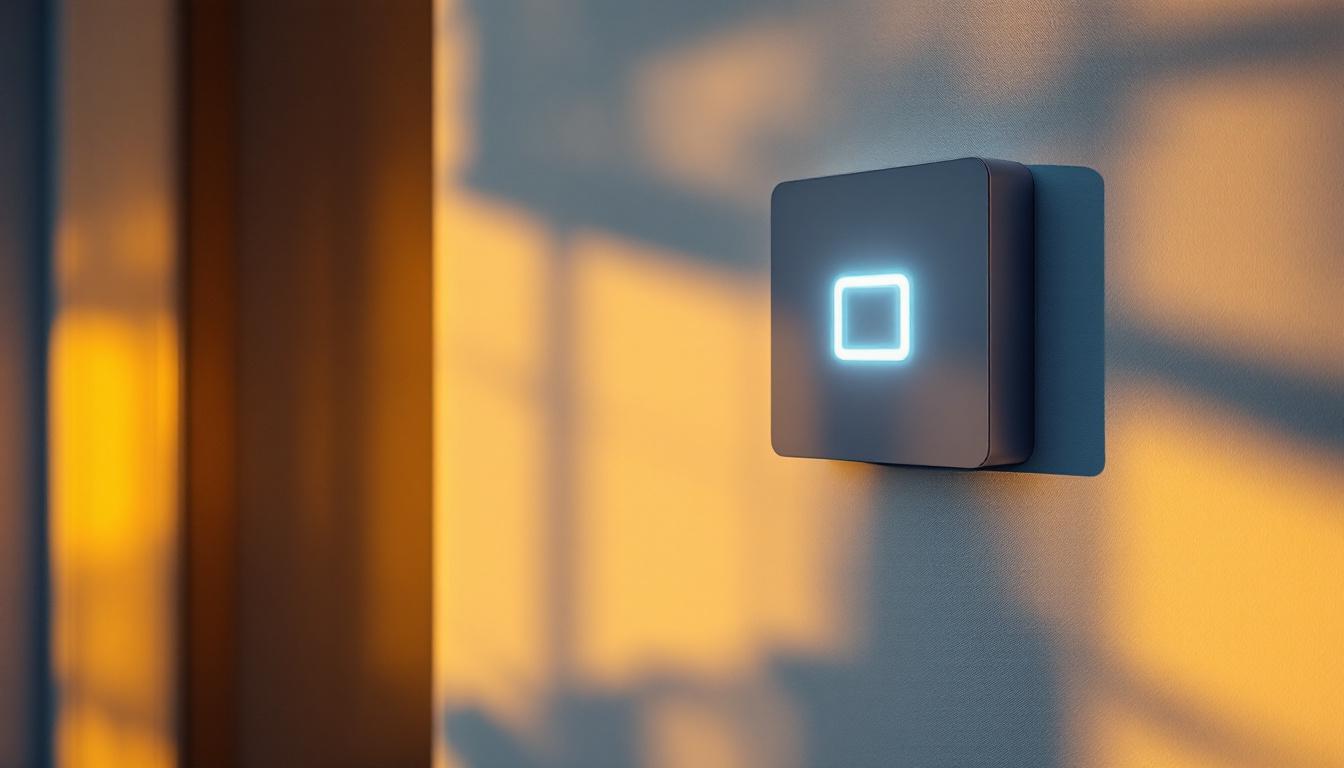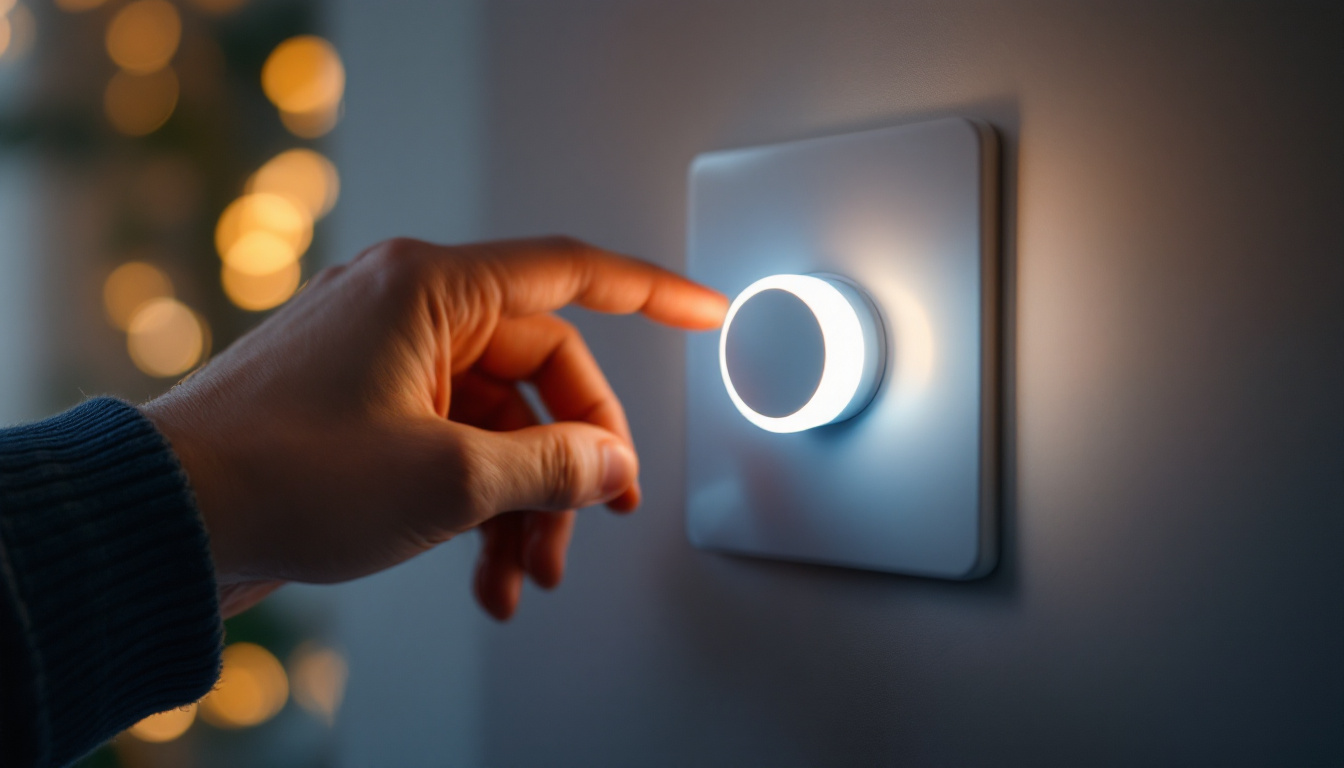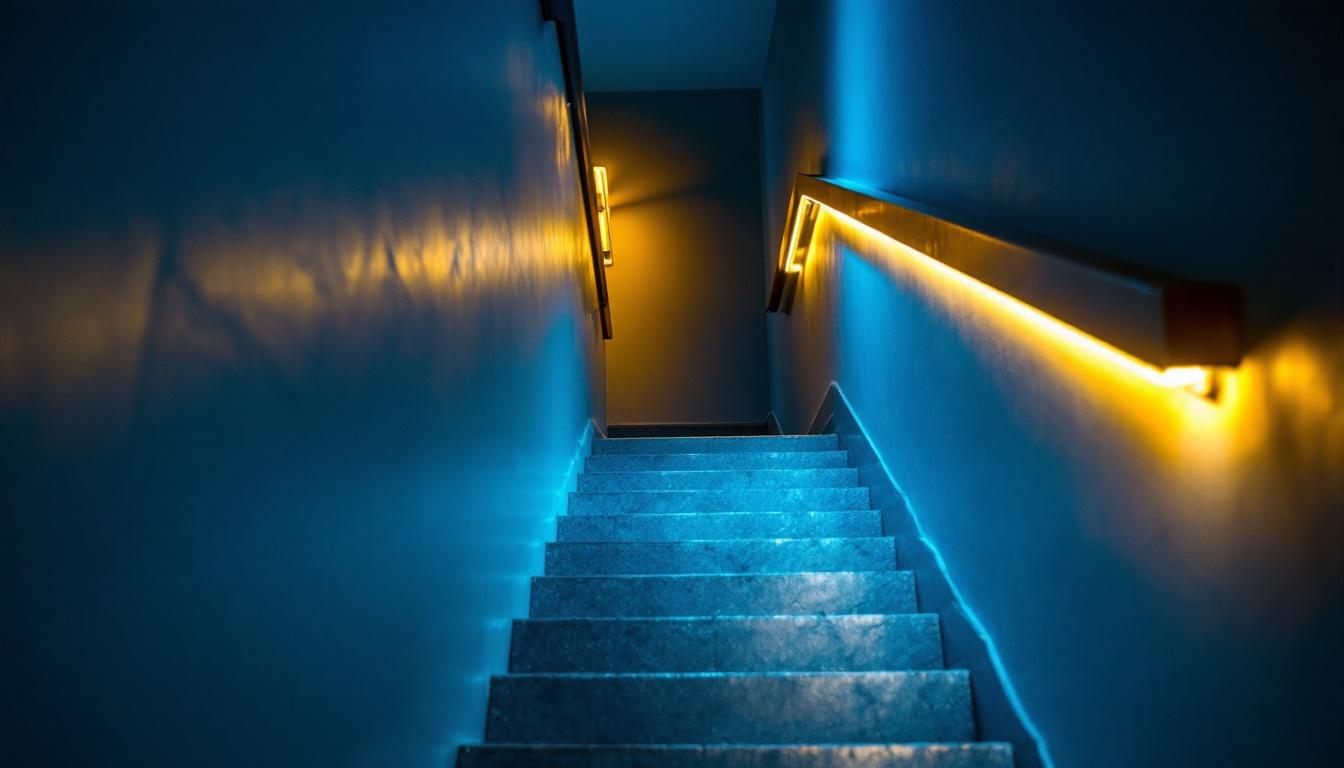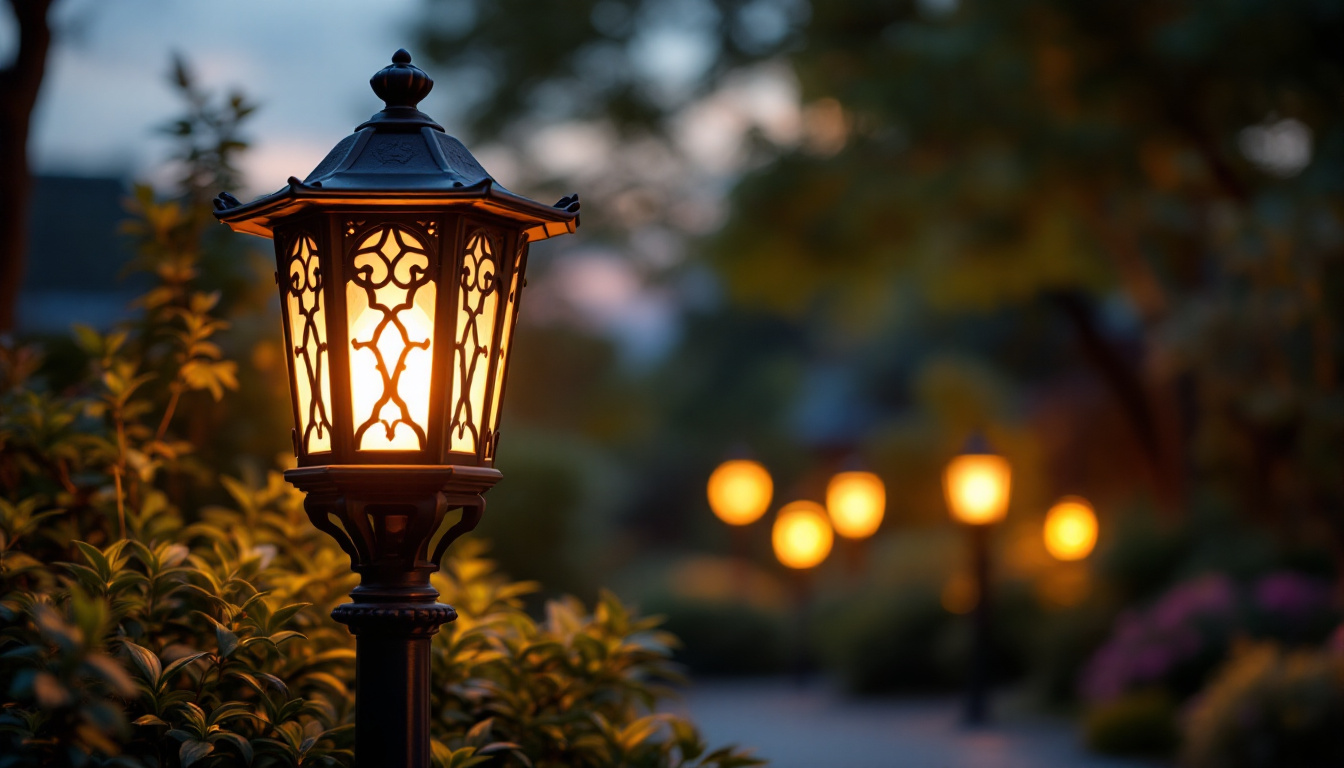
In the ever-evolving world of lighting design and installation, the demand for flexibility, efficiency, and advanced technology is higher than ever. As a lighting contractor, understanding how to implement solutions that not only meet current needs but also anticipate future requirements is essential. One such solution is the push button light system, a versatile option that can significantly enhance the functionality of lighting projects.
Push button lighting systems have gained popularity due to their simplicity and effectiveness. These systems allow users to control lighting with a simple press of a button, providing an intuitive and user-friendly experience. As technology continues to advance, integrating these systems into lighting projects can offer numerous benefits.
One of the primary advantages of push button lighting is its ease of use. Clients appreciate the straightforward operation, which can be particularly beneficial for those who may not be tech-savvy. Additionally, these systems can be programmed to control multiple lights or lighting zones, allowing for customizable lighting scenes that enhance the ambiance of any space. Whether it’s a cozy evening with soft lighting or a bright setting for entertaining guests, the flexibility of push button systems caters to various moods and activities.
Moreover, push button lighting systems can contribute to energy efficiency. By allowing users to control lighting more effectively, these systems can reduce energy consumption, which is not only cost-effective but also environmentally friendly. As sustainability becomes increasingly important, this feature can be a significant selling point for clients. The ability to set timers or schedules further optimizes energy use, ensuring lights are only on when needed, which can lead to substantial savings on electricity bills over time.
As smart home technology becomes more prevalent, push button lighting systems can easily integrate with other smart devices. This connectivity allows for advanced features such as remote control via smartphones or voice activation through virtual assistants. By future-proofing lighting projects with these integrations, contractors can ensure that their installations remain relevant and appealing to tech-savvy clients. The seamless connection with home automation systems not only elevates the user experience but also simplifies the management of various household functions from a single interface.
Furthermore, the ability to integrate with smart home systems means that lighting can be programmed to respond to various scenarios, such as automatically dimming when a movie starts or brightening when someone enters a room. Such features not only enhance user experience but also add a layer of convenience that modern homeowners desire. Additionally, these systems can be linked to security features, such as programmed lighting that simulates occupancy when homeowners are away, providing an added sense of safety. With the rapid evolution of technology, the potential for innovation in push button lighting systems continues to expand, promising exciting developments in home lighting solutions.
When planning a lighting project that incorporates push button systems, several design considerations must be taken into account. From the layout of the space to the aesthetic preferences of the client, these factors will influence the effectiveness of the lighting solution.
Before implementing a push button lighting system, it is crucial to have a thorough understanding of the client’s needs and preferences. Conducting a detailed consultation can help identify specific requirements, such as the desired ambiance, functionality, and any unique challenges presented by the space.
For instance, a residential client may prioritize ease of use and aesthetic appeal, while a commercial client might focus on energy efficiency and scalability. By tailoring the lighting design to meet these specific needs, contractors can create a more satisfying and effective solution. Furthermore, it is essential to consider the technological comfort level of the client. Some may prefer intuitive systems that require minimal training, while others might be open to more advanced options that incorporate smart technology, allowing for remote control and automation.
The layout of the space is another critical factor in designing a push button lighting system. Different areas may require varying lighting levels and controls. For example, a large open space may benefit from multiple buttons controlling different zones, while a smaller room might only need a single switch.
Additionally, the functionality of the space should guide the design. Areas used for specific activities, such as reading or entertaining, may require different lighting setups. By considering these factors, contractors can ensure that the push button system enhances the overall usability of the space. Moreover, it is important to think about the placement of the buttons themselves; they should be easily accessible and intuitively positioned to facilitate seamless interaction. For instance, placing buttons near entry points or in logical locations based on furniture layout can significantly improve user experience. This attention to detail not only enhances functionality but also contributes to a cohesive design that integrates well with the overall aesthetic of the environment.
Proper installation is key to the success of any lighting project, particularly when it involves advanced systems like push button lighting. Adhering to best practices can help ensure that the system operates effectively and meets client expectations.
When installing push button lighting systems, attention to wiring and connectivity is essential. Ensuring that the wiring is correctly configured will prevent issues down the line and guarantee that the system functions as intended. It is also important to consider future expansion; installing additional wiring or conduits can make it easier to add more lights or controls later on.
Moreover, utilizing high-quality components can enhance the reliability of the system. Investing in durable switches and connectors will reduce the likelihood of failures, ultimately leading to higher client satisfaction and fewer callbacks.
Once the installation is complete, thorough testing and calibration of the push button lighting system are necessary. This process involves checking each button’s functionality, ensuring that all lights respond correctly, and adjusting settings to optimize performance. Taking the time to conduct this testing phase can prevent potential issues and provide clients with a seamless experience from the outset.
Additionally, educating clients on how to use their new system is crucial. Providing a demonstration and clear instructions can empower clients to make the most of their push button lighting, enhancing their overall satisfaction with the project.
Future-proofing is a critical consideration for lighting contractors. As technology continues to evolve, implementing strategies that allow for easy upgrades and modifications can significantly extend the lifespan of lighting projects.
One effective way to future-proof lighting installations is by utilizing modular systems. These systems allow for easy replacement or addition of components without requiring a complete overhaul of the existing setup. For instance, if a client wishes to upgrade their lighting control system in the future, a modular system can facilitate this process with minimal disruption.
Moreover, modular systems can be designed to accommodate emerging technologies, ensuring that the lighting project remains relevant as new advancements are introduced. This flexibility can be a significant selling point for clients looking to invest in long-term solutions.
Scalability is another crucial aspect of future-proofing lighting projects. As clients’ needs evolve, their lighting systems should be able to grow with them. This means designing systems that can easily incorporate additional lights, controls, or features without requiring extensive rewiring or reconfiguration.
Upgradability is equally important. As new technologies emerge, clients may want to enhance their lighting systems with the latest advancements. By choosing components that are compatible with future technologies, contractors can help clients avoid obsolescence and ensure that their lighting systems remain cutting-edge.
Educating clients about their push button lighting systems is essential for fostering long-term satisfaction. Providing comprehensive support and resources can empower clients to fully utilize their lighting solutions.
Offering training sessions can be an effective way to familiarize clients with their new systems. These sessions can cover everything from basic operation to advanced features, ensuring that clients feel confident in using their lighting controls. Providing hands-on demonstrations can also enhance understanding and retention of information.
Additionally, creating user-friendly guides or instructional videos can serve as valuable resources for clients to reference after the installation. This ongoing support can help clients troubleshoot minor issues independently and enhance their overall experience with the system.
Encouraging clients to schedule regular maintenance checks can prolong the life of their push button lighting systems. During these checks, contractors can assess the system’s performance, make necessary adjustments, and address any potential issues before they escalate.
Moreover, discussing potential upgrades during maintenance visits can keep clients informed about the latest advancements in lighting technology. This proactive approach not only enhances client satisfaction but also positions contractors as trusted advisors in the lighting industry.
Incorporating push button lighting systems into projects presents an opportunity for lighting contractors to enhance functionality, efficiency, and user experience. By understanding the benefits of these systems, considering design and installation best practices, and implementing future-proofing strategies, contractors can create lighting solutions that meet the evolving needs of their clients.
As the lighting industry continues to advance, staying informed about emerging technologies and trends will be crucial for contractors aiming to remain competitive. By prioritizing client education and support, contractors can foster long-lasting relationships and ensure that their lighting projects stand the test of time.
Ultimately, the integration of push button lighting systems not only enhances the immediate functionality of a space but also positions contractors as forward-thinking professionals ready to embrace the future of lighting technology.
Ready to elevate your lighting projects with the push button systems of tomorrow? At LumenWholesale, we provide you with the cutting-edge, spec-grade lighting products you need to stay ahead of the curve. Say goodbye to local distributor markups and hello to our unbeatable wholesale prices, quality assurance, and the convenience of free shipping on bulk orders. Don’t compromise on quality or value — choose LumenWholesale for lighting solutions that truly shine. Discover our extensive selection and take the first step towards future-proofing your lighting installations. Wholesale Lighting at the Best Value is just a click away.

Discover how post lighting fixtures can transform outdoor spaces by enhancing safety and visibility.

Unlock the science behind LED light dimmer switches with our in-depth guide tailored for lighting contractors.

Discover the crucial role of basement stairway lighting in enhancing safety and aesthetics.

Discover the pivotal role of lantern posts in modern lighting installations.